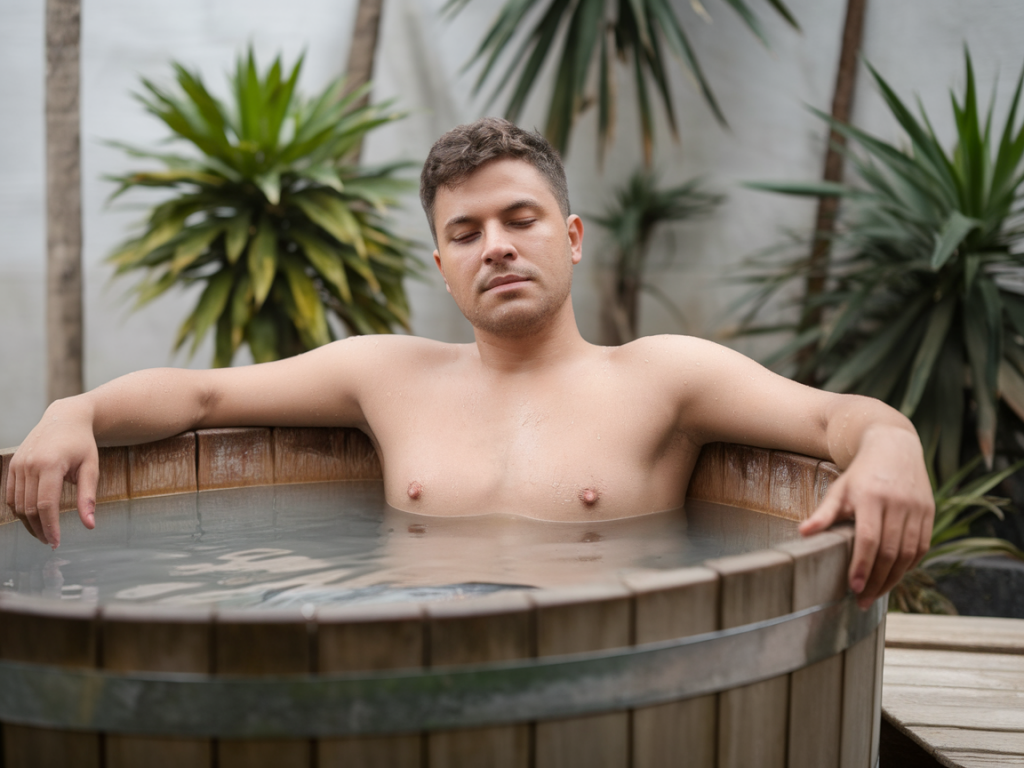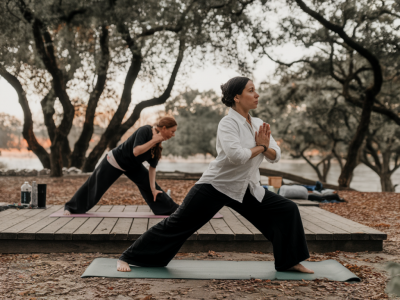
Have you ever stepped into freezing cold water and felt an immediate jolt of energy and clarity? If not, you're missing out on one of the most underrated tools for improving muscle recovery and mental focus: cold water immersion. While it might sound like a form of medieval torture, this ancient practice has been gaining traction among athletes, fitness enthusiasts, and health-conscious individuals alike for its incredible benefits. So, if you’re curious about whether plunging into chilly waters could be the secret weapon you're looking for, stick with me!
What is Cold Water Immersion?
Cold water immersion (CWI)—also known as an ice bath or cryotherapy—basically involves submerging your body in cold water, typically between 10° to 15°C (50°–59°F), for a short period of time. While it's been around for centuries, it’s now making a huge comeback thanks to fitness trends, recovery-focused sports science, and yes, Instagram-worthy moments featuring athletes bravely stepping into freezing tubs!
You don’t have to be a professional athlete to benefit from cold water immersion, though. Whether you just nailed an intense workout at the gym, went on a long run, or even had a tough day at work, incorporating cold water immersion into your routine can do wonders for your physical and mental performance.
How Does Cold Water Help with Muscle Recovery?
Let’s get into the science behind it. When you immerse yourself in cold water, the chilly temperature causes your blood vessels to constrict. This process, known as vasoconstriction, helps reduce inflammation and prevent muscle soreness by flushing out metabolic waste (like lactic acid) from your muscles. Once you step out of the water and warm up again, the blood rushes back to your muscles, bringing oxygen and nutrients for faster recovery.
In simpler terms? Cold water acts as a "reset button" for your tired muscles. Whether you’ve been pushing your limits with deadlifts or sprint intervals, it’s a quick and natural way to reduce muscle stiffness, prevent delayed onset muscle soreness (DOMS), and get ready for your next workout.
Enhanced Focus and Mental Clarity
Cold water immersion isn’t just about physical recovery, though—it also has a significant impact on your mind. The sheer act of stepping into cold water requires mental toughness, but it also activates your body's production of norepinephrine, a hormone that boosts alertness, focus, and mood.
Personally, I’ve found that a short plunge into cold water can help me reset mentally on days when I feel scattered or stressed. It’s almost like pushing the "refresh" button for your brain. Some people even swear by taking cold showers in the morning to start their day with a burst of energy and focus. It might not replace coffee, but combined, these two can really pack a punch!
Cold Water Immersion and Stress Relief
Interestingly, cold water immersion is also a fantastic tool for managing stress and anxiety. The initial shock of the cold might make you gasp, but it also encourages you to practice controlled breathing—a skill that’s incredibly powerful for regulating stress. By focusing on slow, deep breaths, you activate your parasympathetic nervous system, which is responsible for the "rest and digest" response.
In fact, cold immersion has been endorsed by wellness advocates like Wim Hof, aka "The Iceman," who teaches breathing techniques alongside cold exposure to promote emotional resilience and mental calmness. I’ve tried his method a few times, and let me tell you—it’s a game-changer!
Practical Tips for Trying Cold Water Immersion
Convinced to give it a try? Good! But before you dive in (literally), here are some tips to make your experience safe and effective:
- Start Slow: If you’ve never tried cold water immersion before, start with something simple, like a cold shower, and gradually lower the temperature over time. You don’t need to plunge into an ice bath from the get-go!
- Set a Timer: Aim for 2–5 minutes in the water. Anything longer isn’t necessary for recovery and might be too intense for beginners.
- Mind Your Breathing: Focus on slow, controlled breaths to help your body adapt to the cold.
- Use a Tub or Basin: If a full-body plunge feels daunting, you can start with a smaller area of your body, like an ice bath for your feet or legs.
- Consider Aftercare: Warm up gradually after your session by putting on cozy clothes or sipping a warm drink. Avoid jumping into a hot shower right away, as it can reverse the benefits.
Some people prefer commercial ice bath setups, like those provided by brands such as Cold Plunge or Polar Monkeys, but you can easily DIY it with a bathtub and some ice cubes. For me, I’ve found that a simple tub filled with cold water works just fine!
Don’t Forget the "Big Picture"
While cold water immersion is an excellent recovery tool, it’s only one piece of the puzzle. Combine it with other healthy habits like proper hydration, balanced nutrition, stretching, and quality sleep to maximize its benefits.
Trust me, your body and mind will thank you!

